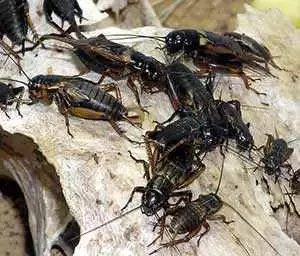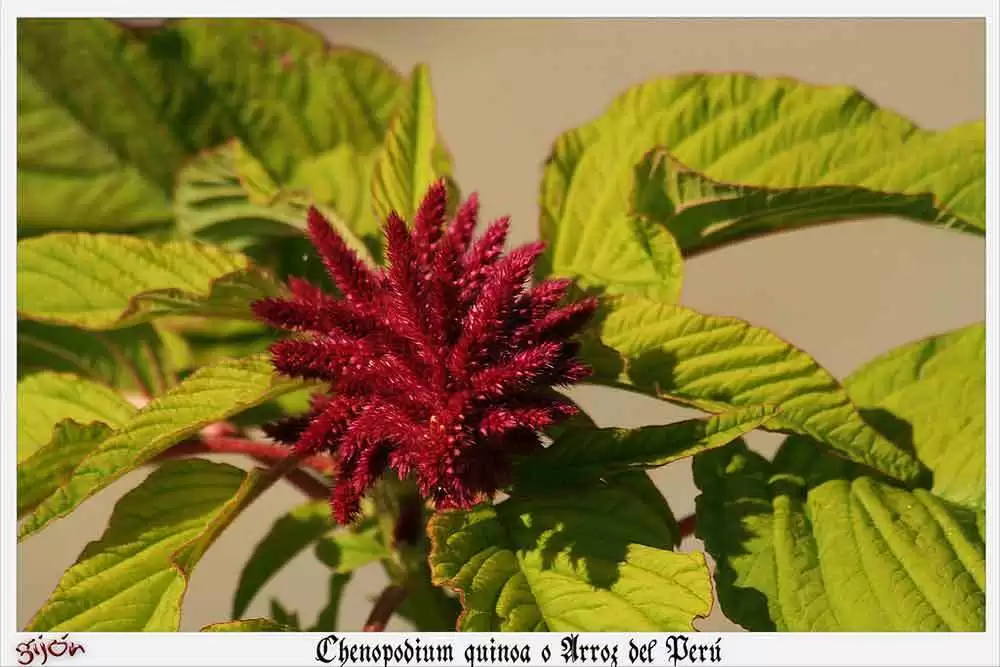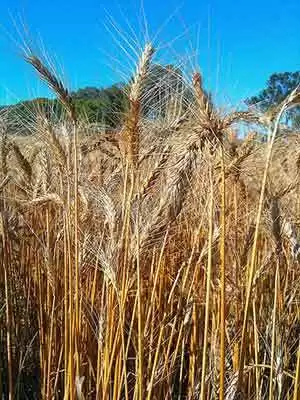
Celiac.com 10/21/2014 - Insects offer one of the most concentrated and efficient forms of protein on the planet, and they are a common food in many parts of the world.
So, could high-protein flour made out of crickets change the future of gluten-free foods? A San Francisco Bay Area company is looking to make that possibility a reality.
Celiac.com Sponsor (A12):
The company, Bitty Foods, is making flour from slow-roasted crickets that are then milled and combined with tapioca and cassava to make a high-protein flour that is gluten-free. According to the Bitty Foods website, a single cup of cricket flour contains a whopping 28 grams of protein.
So can Bitty Foods persuade gluten-free consumers to try their high protein gluten-free flour? Only time will tell. In the mean time, stay tuned for more cricket flour developments.
What do you think? Would you give it a try? If it worked well for baking, would you use it?








Recommended Comments
Create an account or sign in to comment
You need to be a member in order to leave a comment
Create an account
Sign up for a new account in our community. It's easy!
Register a new accountSign in
Already have an account? Sign in here.
Sign In Now